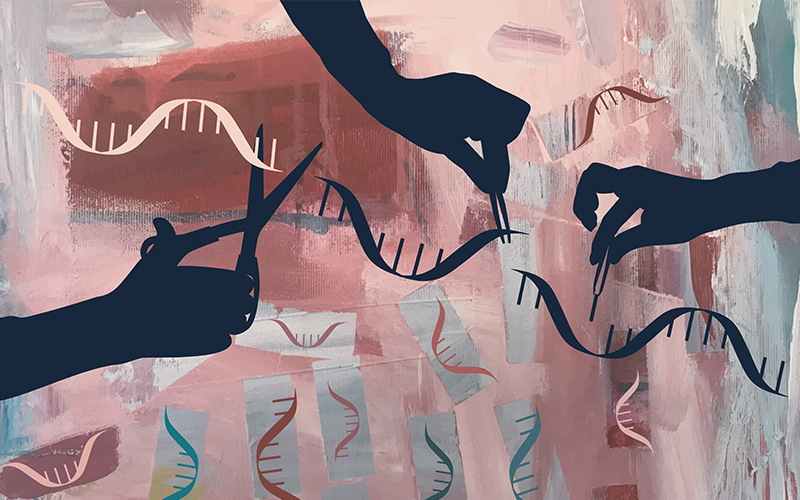Imagine a world where diseases like cystic fibrosis, which affects tens of thousands globally each year, could be cured at the genetic level. Recent scientific breakthroughs in genome editing offer a glimpse into such a future. At the heart of these advances is CRISPR (Clustered Regularly Interspaced Short Palindromic Repeats), a tool that not only promises to revolutionise biological research but also carries the potential to fundamentally alter our approach to genetic disorders, agriculture, and environmental management.
Genome editing, facilitated by technologies like CRISPR, involves precisely altering the DNA of a cell or organism to achieve specific outcomes—be it correcting the defective gene responsible for cystic fibrosis or enhancing crop resilience against climate change. As we stand at the threshold of this new era, CRISPR offers extraordinary possibilities to reshape our world. Yet, it also challenges us to consider the ethical dimensions of such power: How do we navigate the fine line between innovation and the natural order? This technology opens doors to unparallelled advancements while urging us to reflect on our responsibilities and the goals we aim to achieve through such profound capabilities.





